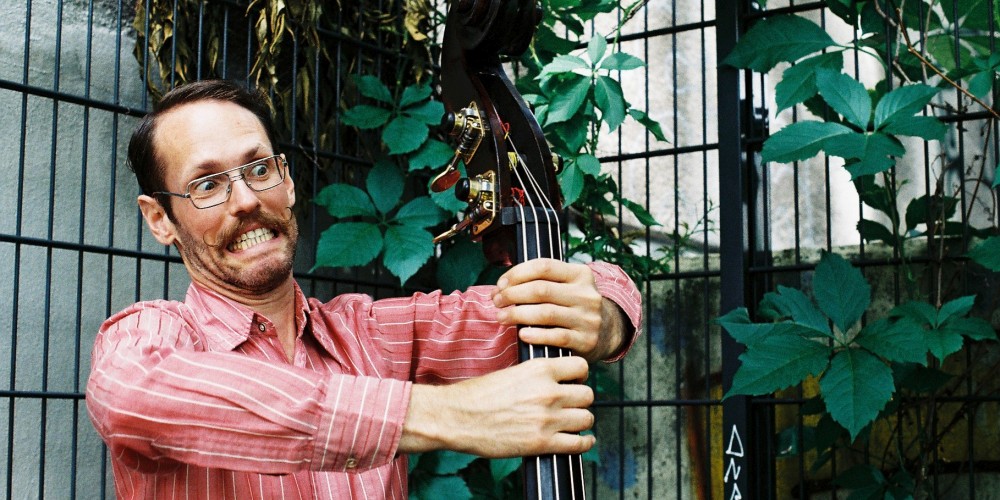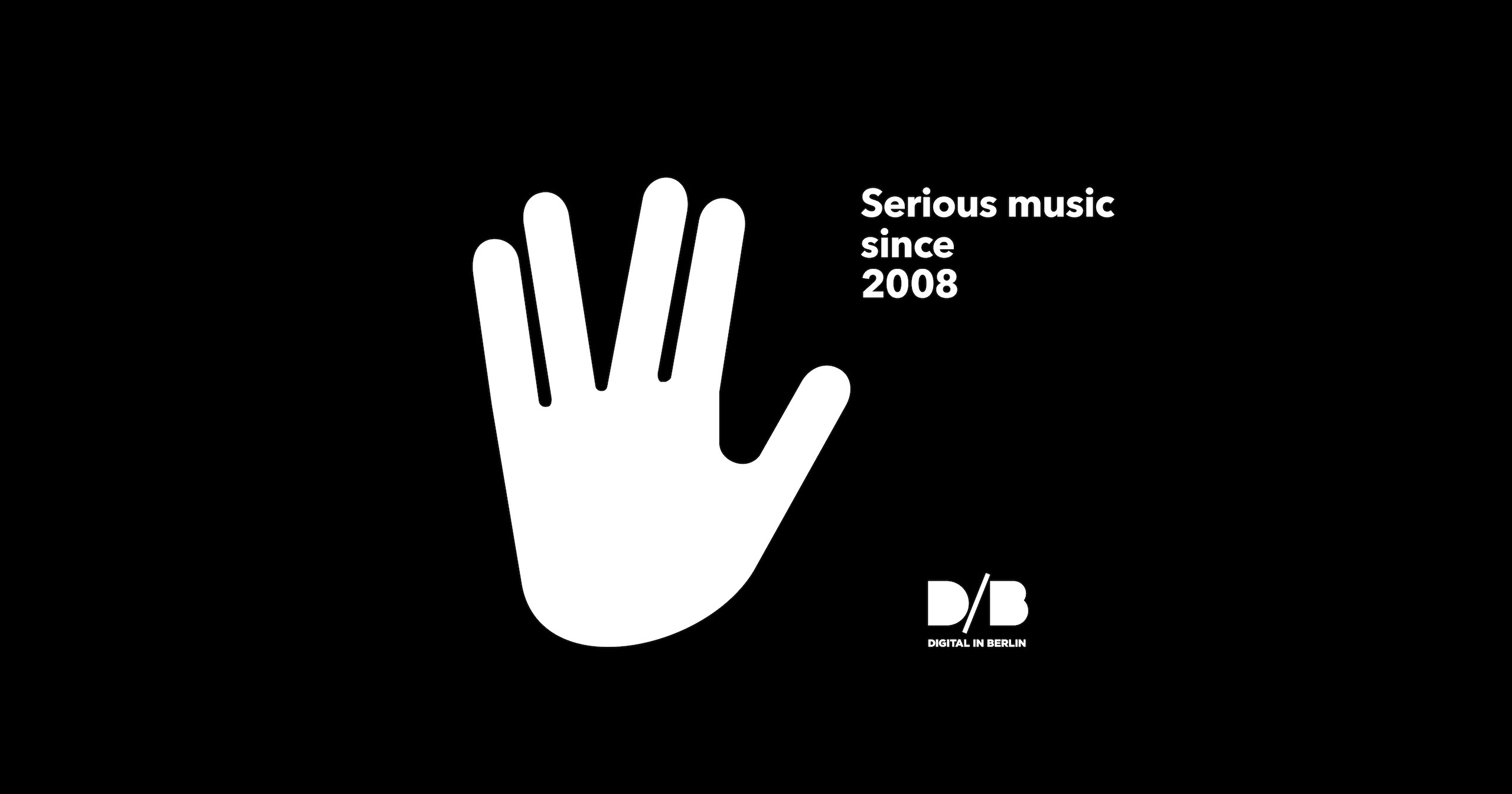Christopher Williams (1981, San Diego) is a wayfarer on the body-mind continuum. His medium is music. He holds a B.A. from the University of California San Diego, where he studied under Charles Curtis, Chaya Czernowin, and Bertram Turetzky; and a PhD from the University of Leiden (NL), where his main advisors were Richard Barrett and Marcel Cobussen. His native digial dissertation on notation for improvisers can be found at www.tactilepaths.net. As a composer and contrabassist, Williams’s work runs the gamut from chamber music, improvisation, and radio art to collaborations with dancers, sound artists, and visual artists.
Williams’ artistic research on improvisation, notation, and his body-mind continuum has been published in Open Space Magazine, The Improvisor, and Critical Studies in Improvisation, and has been presented at major universities and international conferences in North America, Europe, and India. A book chapter co-written with Mathias Maschat is forthcoming in Experiencing Live (Routledge), edited by Matthew Reason and and Anja Lindelof. Williams has received scholarships, grants, and prizes from the University of California, the Darmstadt Summer Courses, the Arts Council of Catalunya, Goethe Institut, Hauptstadtkulturfonds Berlin, the Festival Acanthes, and the American Documentary Film Festival. He also co-curates the Berlin concert series KONTRAKLANG, and works with sound experience designer Charles Morrow Productions.
Facts
1: Today is the winter solstice — the shortest day of the year, which happens to follow the longest night of the year.
2: My comrade in Reidemeister Move, the composer-tubist Robin Hayward, came up with that observation!
3: KONTRAKLANG, a monthly contemporary music series I co-curate, is presenting the Tactile Paths festival around the theme of notation for improvisers on 7 & 8 January 2017 at Heimathafen. The idea grew out of my research on same, which has just been published as a native digital dissertation at the University of Leiden (NL): www.tactilepaths.net.
Questions
1.What is the biggest inspiration for your music?
Making it.
2.How and when did you get into making music?
My first instrument was electric bass. When I was eleven, I wanted to play with my next-door neighbor in a heavy metal band . He already played guitar, drums weren’t my cup of tea, and electric bass was the only other instrument I could think of! Thankfully we evolve.
3.What are your 5 favorite albums of all time?
Favourite is difficult to say; I don’t listen to records much. But here are five that have stuck with me, in no particular order:
John Coltrane: *My Favorite Things* (still in semi-regular rotation)
Brahms’ Piano Trio No. 1 in B Major, played by Jascha Heifetz, Emanuel Feuermann, and Arthur Rubinstein (the only record I owned for a while after moving to Europe in 2003)
Jaco Pastorius’ first solo album (early electric bass lust)
Tom Lehrer: *An Evening Wasted with Tom Lehrer* (essential dinner party fare)
Morton Feldman’s *Patterns in a Chromatic Field* played by Charles Curtis and Aleck Karis (old teachers of mine)
4.What do you associate with Berlin?
Horizontal mobility and 17 shades of gray. I used to associate it with cheap rent, but that’s history.
5.What’s your favorite place in your town?
I can’t tell you because then everyone will come and I’ll get crowded out! My second-favorite place is the Kartoffelpuffer stand just outside Karstadt at Hermannplatz. That was recommended to me by Burkhard Beins, who is featured in the Tactile Paths festival.
6.If there was no music in the world, what would you do instead?
Invent it. (Music, not the world.)
7. What was the last record/music you bought?
Most records appear in my life as gifts or found objects. But come to think of it I did pay $2.99 for mp3s of Bob Ostertag’s *Say No More*, which I write about in my dissertation.
8.Who would you most like to collaborate with?
The anthropologist Tim Ingold.
9.What was your best gig (as performer or spectator)?
Ever? Tough to say… my first gig with Derek Bailey in Barcelona in 2003 was a high point. I was also pretty jazzed about a recent gig at Studio LOOS in Den Haag, in which I performed a piece for solo washtub bass by Phillip Corner, a new duo with my partner Jadi Carboni, and a brief live adaptation of my radio piece *A Treatise Remix* with members of MAZE, who are playing on the festival. That was quite a satisfying program.
10.How important is technology to your creative process?
Very. I draw a lot on my tools and the structure of my environment, as do most artists — particularly the improvising sort — even if they don’t know or admit it. Pens, pencils, paper, the contrabass, my bicycle, my couches, and the text editor on my laptop all play extremely important roles in my work.
11.Do you have siblings and how do they feel about your career?
Yes; I would say they (and my parents) are supportive of me and respectfully perplexed by my music. My younger brother is a political philosopher, so sometimes we like to talk about academic stuff. My younger sister is an interior designer; we may soon be working on an immersive sound project for the new terminal of the San Francisco airport, together with my comrade Charlie Morrow. The family member who comes closest to identifying with my path is my aunt, Sr. Madaleva Williams. She is a nun, visual artist, and incredible spirit who studied with the great silkscreen pioneer Sr. Korita Kent. She makes art for her community of nuns in southern California; it makes a difference in their lives.
Sven Helbig is part of Neue Meister II Crossing Borders showcase on Monday, 20.06.2016 in Berlin.
Seeing the full Sounding
vimeo.com/120000024
Link: Website

